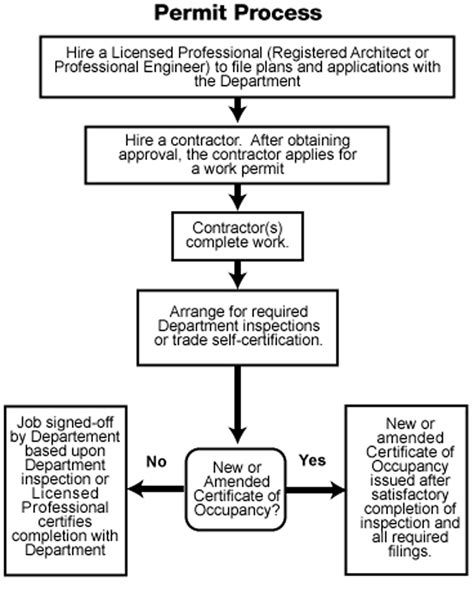Obtaining A U.s. Work Permit: Step-By-Step

Are you a foreign national who wants to work in the United States? If so, you will need a U.S. work permit. The process can be complex and overwhelming, but this guide will provide you with a step-by-step plan to obtain your U.S. work permit.
1. Determine Your Eligibility
Before you apply for a U.S. work permit, you must determine if you are eligible. The following are some common categories of people who are eligible:
- Foreign nationals with a job offer from a U.S. employer
- Foreign students studying in the U.S.
- Spouses of U.S. citizens or green card holders
- Asylum seekers and refugees
1.1 Job Offer from a U.S. Employer
If you have a job offer from a U.S. employer, you will likely need to obtain a visa first. The most common types of visas for employment in the U.S. are the H-1B visa for skilled workers, the L-1 visa for intra-company transfers, and the TN visa for Canadian and Mexican citizens.
1.2 Foreign Students
If you are a foreign student studying in the U.S., you may be eligible for a work permit through the Optional Practical Training (OPT) program. OPT allows you to work in your field of study for up to one year after graduation.
1.3 Spouses of U.S. Citizens or Green Card Holders
If you are the spouse of a U.S. citizen or green card holder, you may be eligible for a work permit. However, you may need to adjust your status first if you are currently in the U.S. on a different visa.
1.4 Asylum Seekers and Refugees
If you are an asylum seeker or refugee, you may be eligible for a work permit while your application is pending. You will need to file Form I-765, Application for Employment Authorization, with U.S. Citizenship and Immigration Services (USCIS).
2. Obtain a Job Offer
If you do not already have a job offer from a U.S. employer, you will need to obtain one. This can be a challenging process, but there are resources available to help you, such as online job boards and career fairs.
3. File Form I-129
Once you have a job offer, your employer will need to file Form I-129, Petition for Nonimmigrant Worker, with USCIS. This form will include information about your job offer and qualifications.
4. Wait for Approval
After your employer files Form I-129, you will need to wait for approval from USCIS. This can take several months, so be patient.
5. Apply for a Visa
Once your Form I-129 is approved, you will need to apply for a visa at a U.S. embassy or consulate in your home country. The type of visa you need will depend on your job offer and qualifications.
6. Attend a Visa Interview
After you apply for a visa, you will need to attend an interview at the U.S. embassy or consulate. This interview will determine if you are eligible for a visa.
7. Obtain Your Work Permit
After you are approved for a visa, you will be able to enter the U.S. and begin working for your employer. You will also need to obtain a work permit, which you can apply for after you arrive in the U.S.
Conclusion
Obtaining a U.S. work permit can be a lengthy and complicated process, but it is possible with the right guidance and resources. By following these steps, you can increase your chances of obtaining a U.S. work permit and achieving your career goals in the United States.
FAQs
Q: How long does it take to obtain a U.S. work permit?
A: The processing time for a U.S. work permit can vary depending on the type of visa you are applying for and other factors. It can take several months to a year or more.
Q: Can I apply for a U.S. work permit if I am already in the U.S.?
A: Yes, you may be able to apply for a U.S. work permit if you are already in the U.S. on a different visa. However, you may need to adjust your status first.
Q: Do I need a job offer to apply for a U.S. work permit?
A: In most cases, yes. You will need a job offer from a U.S. employer to apply for a U.S. work permit.
